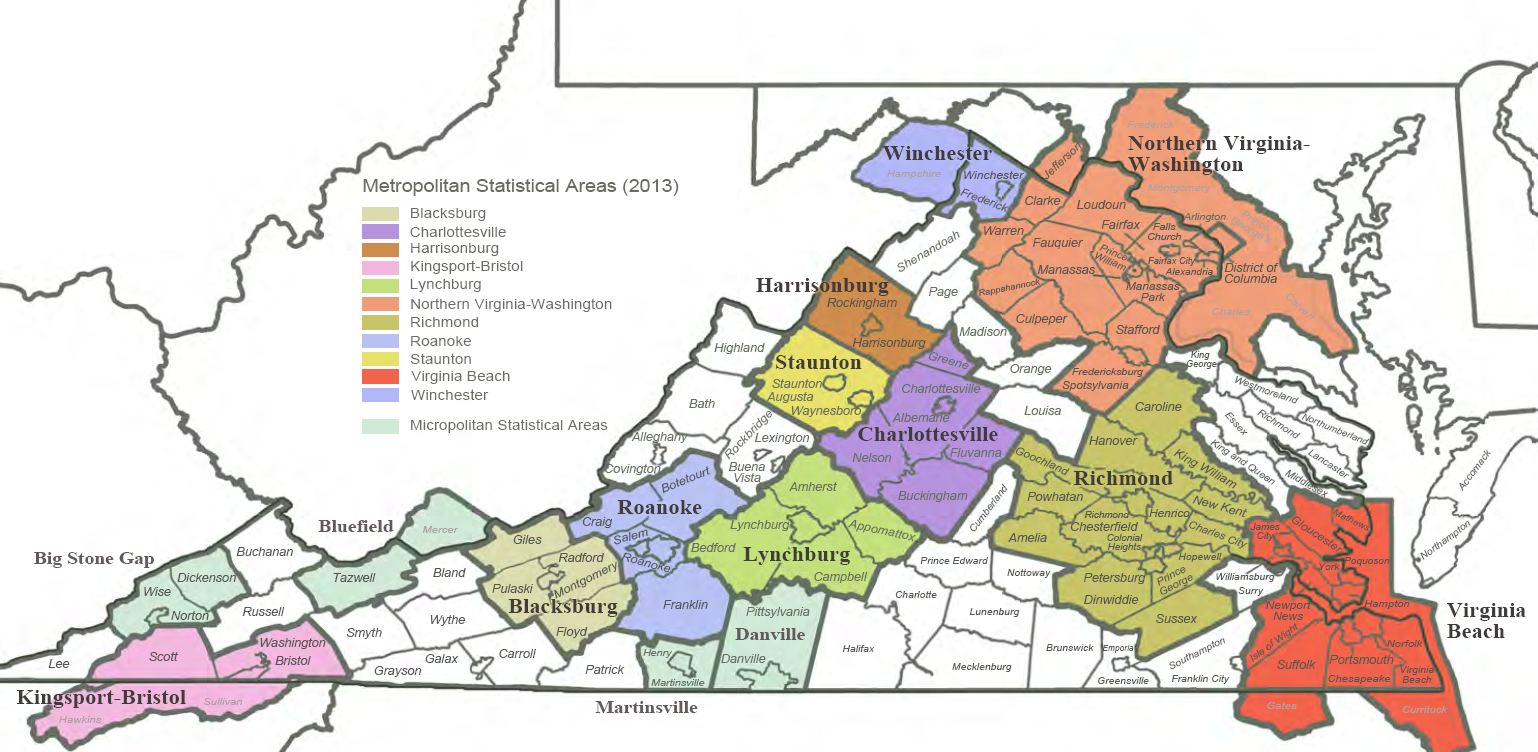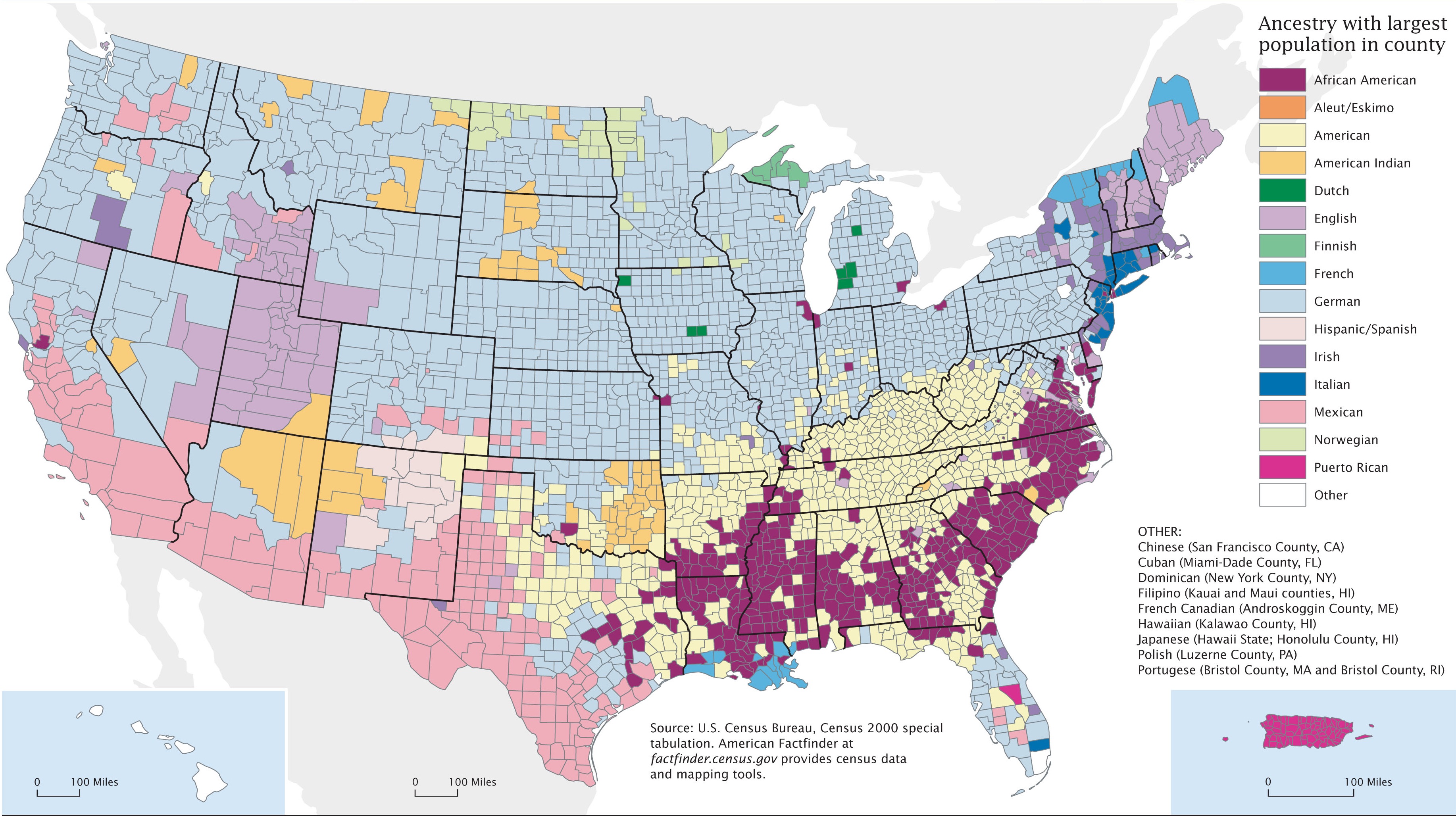As more families choose cities, governments are returning to the drawing board
Urban areas import the young and export the old, the theory goes, or went. For decades, young people have come to Virginia’s urban areas to go to university or work, often moving out again when their children require more space or education, or when they retire. But, since the mid 2000s, a demographic change has slowed […]












